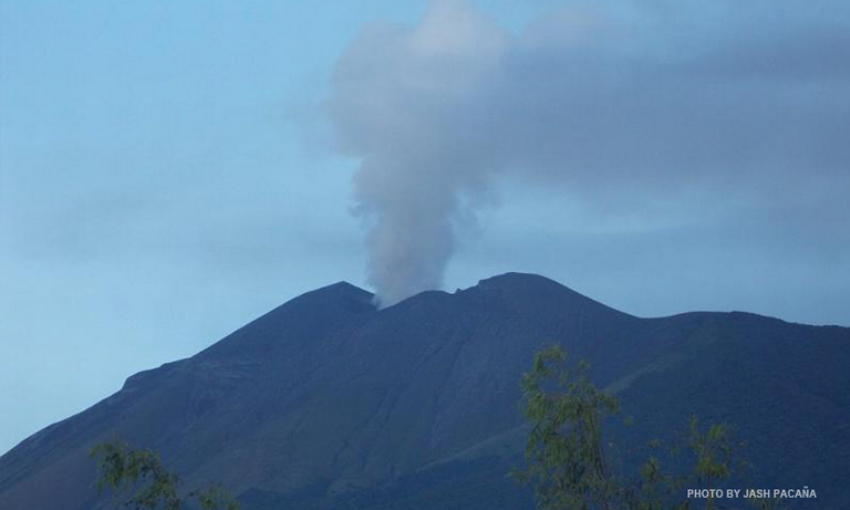
© Jash PacanaKanlaon volcano (file photo)
An ash eruption occurred at Kanlaon Volcano early morning on Friday, the Philippine Institute of Volcanology and Seismology (Phivolcs) said.
In a bulletin posted 8 a.m., Phivolcs said
in the past 24 hours, four volcanic earthquakes were recorded, two of which were accompanied by a low-energy ash eruption.The ash eruption occurred at 5:13 a.m. and lasted for a minute based on visual observation.
"This produced a grayish to dirty-white cloud of ash reaching a height of 600 [meters] which then drifted southwest," Phivolcs said.
Traces of ash were observed on the southwest slope of the volcano along San Jose, La Castellana, it added.
Alert Level 1 is still hoisted over Kanlaon Volcano, as it remains in an abnormal condition and is in a period of current unrest.
The Phivolcs reminded local government units (LGUs) and the public that entry into the 4-kilometer radius Permanent Danger Zone is strictly prohibited "due to the further possibilities of sudden and hazardous steam-driven or phreatic eruptions."
It said civil aviation authorities should also advise pilots to avoid flying close to the volcano's summit, warning that airborne ash from a sudden eruption can be hazardous to aircraft.

Comment: The rate of volcanic activity continues to increase, as the number of volcanoes erupting right now is greater than the 20th century's YEARLY average.